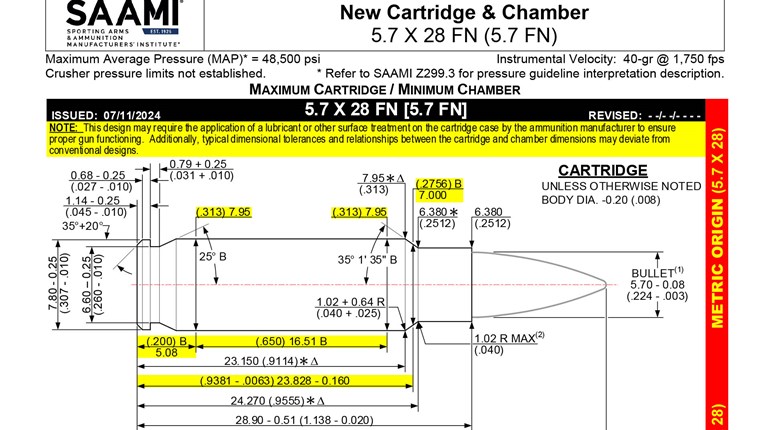
At about the same time that the Austrians adopted the Steyr AUG, the French adopted one of the most successful bullpups of them all—Fusil d’Assaut de la Manufacture d’Armes de Saint-Étienne— the FAMAS bullpup assault rifle. Development of the weapon started in 1967 after France realized that the future of ground combat would increasingly call for troops to deploy from armored cars and helicopters.
At the time, the French used the MAS Mle. 49/56 semi-automatic rifle in 7.5×54 mm, and the MAT-49 submachine gun chambered in 9 mm. Rather than continue issuing separate and obsolete rifle and submachine gun designs, it was recognized that the ideal infantry weapon would combine the capabilities of both with the compactness of a bullpup. Toward this end, French Army officer and arms designer Paul Tellié went to work on a magazine-fed, selective-fire assault rifle chambered for the 5.56 NATO cartridge. The year 1971 brought a prototype FAMAS bullpup that the French military then put through evaluation testing during 1972 and 1973.

In 1978, the first-generation FAMAS—known as the F1—became France’s new infantry rifle. With an overall length of just under 30 inches, it was more than 10 inches shorter and 1 pound lighter than the MAS 49/56. Making use of a lever-delayed, blowback-operating mechanism and fluted chamber, the F1 offered simplicity, reliability and, because of the low-recoil impulse of the 5.56 NATO round, controllability, as well.
A three-position selector switch inside the trigger guard allowed the shooter to move from “safe” to “semi-automatic” and “automatic” modes. In the automatic selector position, the shooter could further choose either three-round burst, or full-auto fire by manipulating another selector behind the magazine well. A proprietary 25-round disposable-box magazine was introduced with the F1, but a more robust, reusable magazine soon replaced it.
This early FAMAS was fully ambidextrous, could fire rifle grenades and accept a bayonet, so it was by every measure a modern combat firearm. The F1 also presented a unique appearance that, because of its distinct, oversize carry handle, made it resemble an upside down bugle, so troops referred to it as Le Clairon.
While the FAMAS F1 quickly proved itself to be an effective design, times were changing and modifications were soon introduced. France had withdrawn from NATO in 1966, but as the 21st Century approached, the country was beginning to move back toward the organization’s orbit. With that as the case, the French realized that the FAMAS would have to be updated to bring it into compliance with NATO Standardization Agreements (or “STANAGs”).
STANAG 4172 standardized the Belgian-designed 62-grain SS109 bullet for the 5.56 NATO round. While it was indeed chambered for that cartridge, the F1’s barrel was designed to accommodate the lighter 55-grain FMJ 5.56 NATO bullet, so it featured 1:12-inch-twist rifling. Since that twist rate was not capable of stabilizing the SS109’s heavier bullet, the FAMAS barrel’s twist rate would have to be tightened. But, there was more because Draft STANAG 4179 proposed the standardization of the AR-15/M16 detachable 30-round box magazine across NATO-member nations.
In the interest of modernizing the rifle, a new model was introduced in 1994 after slightly more than 400,000 F1s had been made. The modernized rifle was designated FAMAS G2 and incorporated the faster 1:9-inch twist rifling and the ability to accept AR-15/M16 magazines. Although it also introduced other minor changes, like an enlarged trigger guard, the FAMAS G2 remained a lever-delayed blowback, selective-fire assault rifle.

Although the modified G2 brought the FAMAS design into the 21st Century, the F1 can still be seen in regular use throughout France today. Another modernization, the FAMAS FÉLIN, extended the rifle’s service life again, but the end of the FAMAS era drew to a close in 2016 with the announcement that the Heckler & Koch HK416F would replace it as the main service rifle of the French military. Even though its replacement has been announced, the FAMAS won’t just disappear. It has been around for almost four decades and it is likely the various models will continue arm French forces for many years to come.
This firearm remains comparatively exotic in the United States, mainly because so few examples ever made it across the Atlantic. Today, the Century Arms FAMAS F1s are among the most valuable and coveted examples of one of the more successful bullpup rifles in history.




































